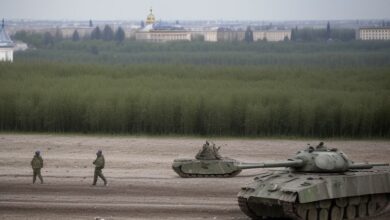Unlocking the Power of UAV Thermal Imaging Camera: A Game Changer in Surveillance and Inspection
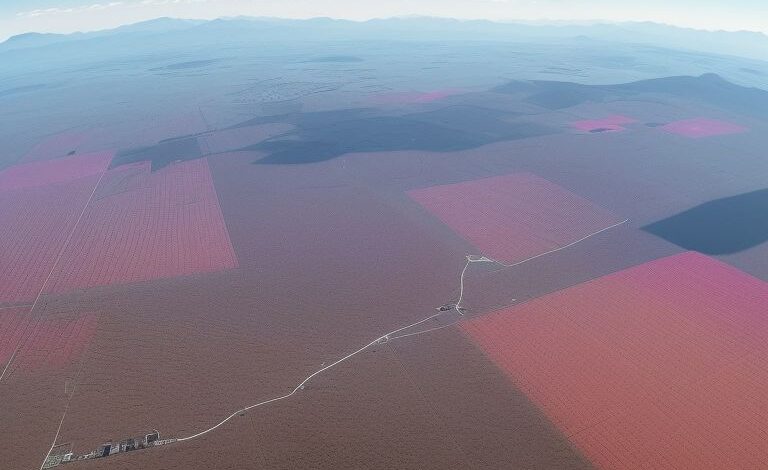
The UAV thermal imaging camera is revolutionizing the world of aerial surveillance and inspections. With its advanced technology, it allows drones to capture heat signatures from high altitudes, offering an entirely new perspective on data collection. Whether you’re monitoring wildlife, inspecting power lines, or surveying land, the UAV thermal imaging camera provides unmatched detail in low-light and challenging weather conditions.
In today’s fast-paced world, industries are constantly searching for efficient, cost-effective ways to get accurate data. The UAV thermal imaging camera makes this possible by providing real-time thermal imagery, helping professionals make quick and informed decisions. This blog will explore how this innovative technology is transforming various sectors and why it’s becoming a must-have tool for aerial operations.
Table of Contents
What is a UAV Thermal Imaging Camera and How Does it Work
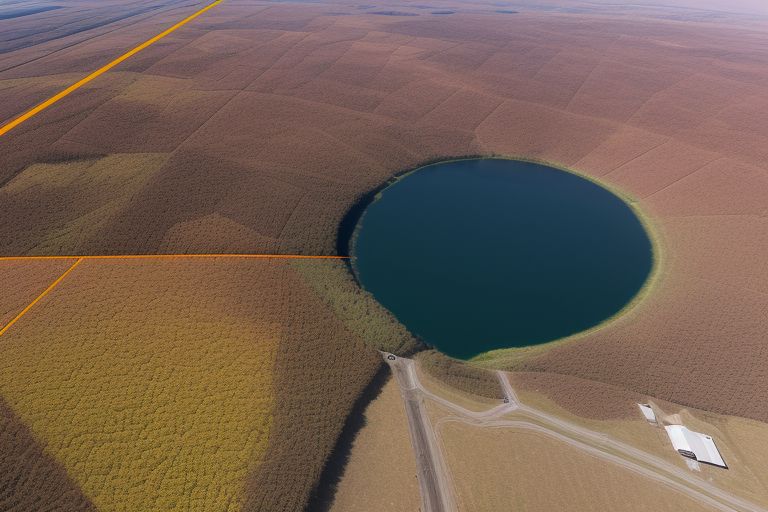
A UAV thermal imaging camera is a tool that uses heat to capture images from the sky. It works by detecting infrared radiation, which is emitted by all objects. This technology allows the camera to see things that are invisible to the human eye, especially in the dark or in areas with poor visibility. Drones equipped with thermal imaging cameras can fly above a location and collect important data about temperature differences in the environment.
These cameras create thermal images that show how hot or cold things are. This makes them perfect for tasks like inspecting buildings, searching for wildlife, or even finding heat leaks in homes. The camera works by using the heat signatures of objects, so it can see in total darkness and even through fog, making it ideal for use in tough conditions.
Why Choose a UAV Thermal Imaging Camera for Aerial Surveys
Using a UAV thermal imaging camera for aerial surveys brings many benefits. The first major advantage is efficiency. Drones can fly over large areas in a short amount of time, collecting data that would take much longer to gather manually. This is especially useful for industries like agriculture, where quick surveys of large farms can help monitor crop health or detect irrigation problems.
Another advantage is safety. UAV thermal cameras allow people to inspect dangerous places, such as power lines or tall buildings, without ever having to put themselves at risk. The camera’s ability to detect heat also makes it useful in searching for missing persons in remote areas, as it can find warm bodies even if they are hidden from view.
Top Industries Using UAV Thermal Imaging Cameras for Better Results
Many industries are now using UAV thermal imaging cameras to improve their work. One of the most important sectors is agriculture. Farmers use drones with thermal cameras to monitor crop health. By detecting temperature changes in plants, they can spot problems like disease or dehydration before they become major issues.
The energy sector also benefits from this technology. Utility companies use drones with thermal imaging to inspect power lines and other infrastructure for heat anomalies. This helps them spot potential issues like faulty wiring or overheating before they turn into serious problems. The construction industry is another big user, as drones can inspect roofs, walls, and other hard-to-reach places for heat leaks or damage.
How UAV Thermal Imaging Cameras Improve Safety in Hazardous Areas
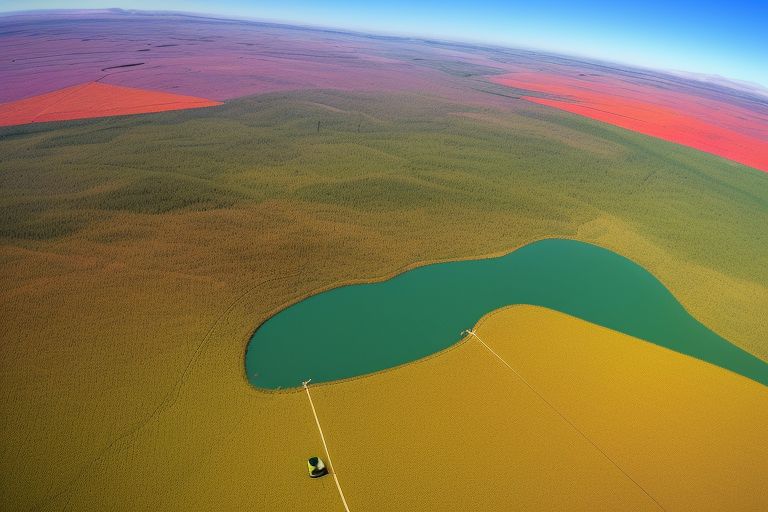
Safety is one of the top priorities in many industries, and UAV thermal imaging cameras help by making it easier to inspect hazardous areas. For example, firefighters use drones with thermal cameras to see through smoke and locate hot spots in a burning building. This allows them to act quickly and safely, reducing the risk of injury or death.
In construction, thermal imaging cameras help detect heat leaks in structures, which could lead to dangerous situations like fire or mold growth. In power plants, thermal cameras are used to monitor equipment for overheating, which can prevent accidents and breakdowns. These uses show how crucial UAV thermal imaging can be in ensuring the safety of workers and the public.
Best Practices for Using UAV Thermal Imaging Cameras Effectively
Planning Your Flight Path and Temperature Range
When using a UAV thermal imaging camera, one of the most important steps is to plan your flight path carefully. You should make sure that the drone flies over the areas that need to be inspected, and it should be high enough to cover a large area without missing important details. It’s also important to know the temperature range of your camera to ensure that it can detect the heat signatures you’re looking for.
Keeping the Camera Properly Calibrated
Another key factor in using thermal cameras effectively is calibration. Over time, the camera’s sensors may need adjustments to ensure they are reading temperatures accurately. Regularly calibrating the camera can help provide more precise data, which is important for tasks like building inspections, wildlife monitoring, and search-and-rescue operations.
The Future of UAV Thermal Imaging: Innovations and Trends to Watch
As technology continues to evolve, UAV thermal imaging cameras are becoming even more powerful and efficient. New developments are making these cameras lighter, more accurate, and capable of detecting smaller temperature differences. Future thermal cameras may even be able to identify specific materials or chemical compositions by detecting their heat signatures.
The integration of AI with thermal imaging is another exciting trend. This combination allows drones to analyze thermal data in real-time and identify issues such as leaks, damage, or even people in need of rescue. These advancements will make UAV thermal imaging even more valuable in industries like disaster management, agriculture, and infrastructure inspection.
Choosing the Right UAV Thermal Imaging Camera for Your Needs
Understanding Your Specific Requirements
When selecting a UAV thermal imaging camera, it’s important to think about the specific needs of your project. For example, if you are conducting wildlife surveys, you might need a camera with high sensitivity to detect small temperature differences from far away. If you are inspecting buildings, you may want a camera that can provide detailed images of heat leaks and insulation problems.
Evaluating Camera Features and Accessories
Besides the camera itself, consider the additional features and accessories that can improve your experience. For example, some UAV thermal cameras come with built-in GPS systems that help pinpoint exact locations of heat sources. Others may offer longer battery life or higher resolution for clearer images. Choosing the right camera with the right features ensures you can do your job more effectively.
By following these tips, anyone can take full advantage of the power of UAV thermal imaging cameras. Whether you’re inspecting buildings, surveying farms, or ensuring safety in hazardous environments, this technology offers invaluable insights that make work easier, faster, and safer.
How UAV Thermal Imaging Cameras are Changing Search and Rescue Operations
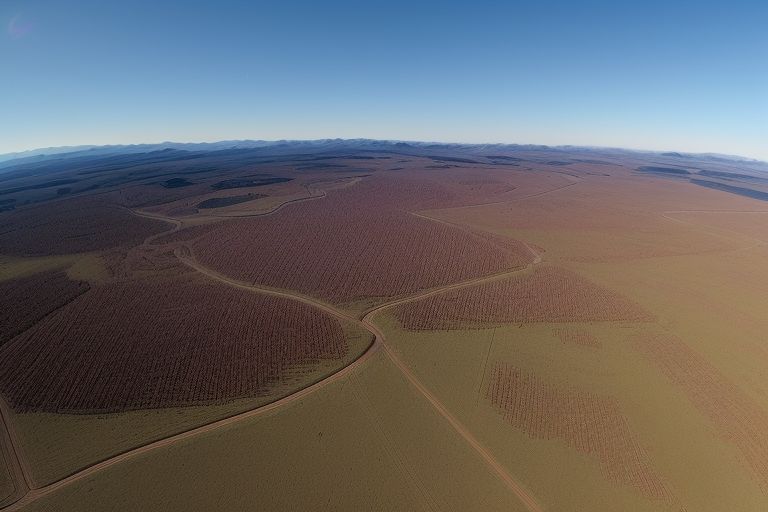
UAV thermal imaging cameras are playing a crucial role in search-and-rescue missions. In situations where people are lost or trapped, time is of the essence, and these cameras help by detecting the heat signatures of individuals. The camera can spot warm bodies even in dark or foggy conditions, making it easier for rescue teams to locate missing persons quickly.
This technology is especially useful in remote or hard-to-reach areas where ground searches may take too long. For example, in mountain rescue missions or after natural disasters like earthquakes or floods, drones with thermal imaging cameras can fly over affected areas, quickly scanning for signs of life. The ability to cover large areas quickly saves precious time and helps bring rescuers closer to those in need.
Additionally, UAV thermal cameras are also effective in locating heat sources in fires, allowing firefighters to find hotspots and prevent further damage. As this technology improves, it’s expected that UAV thermal imaging cameras will become an even more essential tool for emergency response teams around the world, helping save lives in critical situations.
Conclusion
In conclusion, the UAV thermal imaging camera is a powerful tool that brings many benefits to various industries. Whether you’re using it for agriculture, construction, or safety inspections, it provides a unique ability to detect heat that helps in making quick, accurate decisions. This technology helps professionals work smarter, faster, and safer, especially in areas that are hard to reach or dangerous to inspect.
As the technology behind UAV thermal imaging cameras continues to improve, we can expect even more amazing advancements in the future. With the ability to capture precise thermal data from the sky, drones equipped with these cameras are becoming a must-have for industries worldwide. By choosing the right camera and following best practices, you can unlock the full potential of this game-changing technology.
FAQs
Q: What is a UAV thermal imaging camera?
A: A UAV thermal imaging camera is a type of camera mounted on a drone that captures heat signatures, helping to see in the dark or through obstacles like smoke or fog.
Q: How does a UAV thermal imaging camera work?
A: It works by detecting infrared radiation, which is heat emitted by objects, and creates thermal images that show temperature differences in the environment.
Q: What industries use UAV thermal imaging cameras?
A: Industries like agriculture, energy, construction, and search-and-rescue use UAV thermal cameras to monitor crops, inspect infrastructure, and find people in need of help.
Q: Can UAV thermal imaging cameras be used at night?
A: Yes, they can be used at night because they detect heat, not visible light, making them perfect for low-light conditions.
Q: Are UAV thermal imaging cameras expensive?
A: The cost can vary, but generally, they can be expensive due to the advanced technology. However, they are often worth the investment for the value they provide in inspections and safety.





